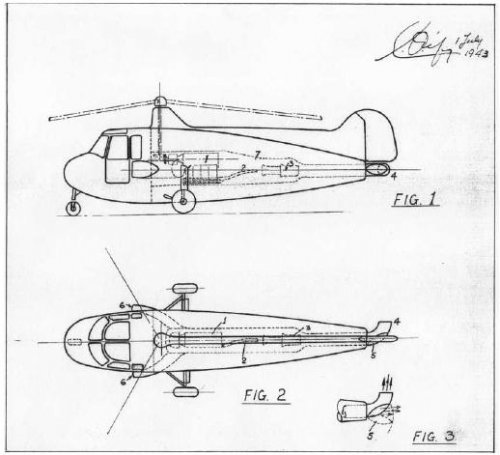- Joined
- 26 May 2006
- Messages
- 32,648
- Reaction score
- 11,841
Hi,
from the site,which my dear Richard discovered it,here is a Fairey NOTAR light
research helicopter design of 1943,created by Mr. Tips or famous Tipsy.
http://www.vieillestiges.be/fr/rememberbook/contents/42
from the site,which my dear Richard discovered it,here is a Fairey NOTAR light
research helicopter design of 1943,created by Mr. Tips or famous Tipsy.
http://www.vieillestiges.be/fr/rememberbook/contents/42
Attachments
Last edited:

